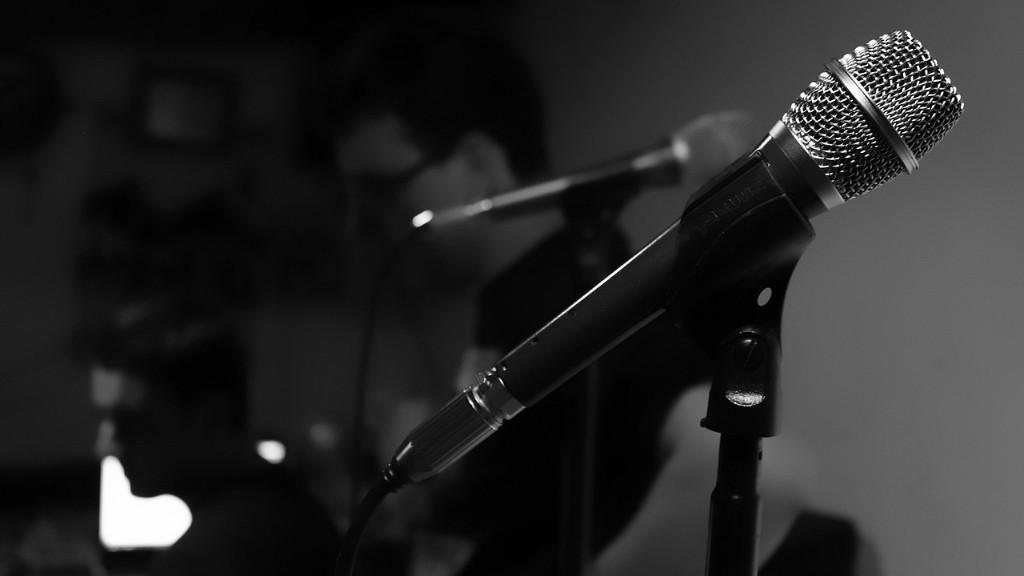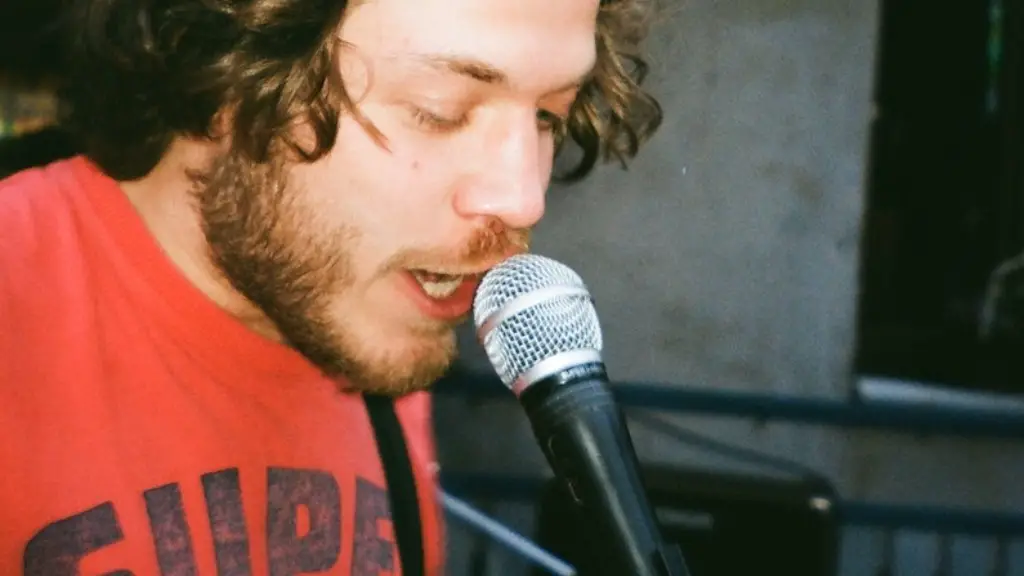When creating music for a short film, there are a few key things to keep in mind. First, the music should be appropriate for the film’s mood and atmosphere. Second, it should be “reactive” – meaning that it should respond to what’s happening on screen. And finally, it should beinteresting and engaging enough to hold the listener’s attention for the film’s runtime.With these things in mind, let’s take a look at how to compose music for a short film step-by-step.
There are a few key things to keep in mind when composing music for a short film. First, the music should support and enhance the film’s emotional tone and overall message. Second, the music should be in sync with the film’s visuals and pacing. And finally, the music should be appropriate for the film’s genre and style. With these guidelines in mind, you can begin to experiment and create the perfect musical score for your short film.
How do film composers create their music?
There is no single “right” way to compose music, and different composers use different methods to create their scores. Some composers prefer to work with a traditional pencil and paper, writing notes by hand on a staff and performing works-in-progress for the director on a piano. Other composers write on computers using sophisticated music composition software. Still others use a combination of both methods, depending on the circumstances. Whichever method a composer chooses, the important thing is that the music communicates the composer’s vision.
If you want to use a copyrighted song in your film, you will need to get permission from the copyright owner. This can be done by contacting the owner directly and requesting permission. Alternatively, you can use a service like the American Society of Composers, Authors and Publishers (ASCAP) or the Broadcast Music, Inc. (BMI) to obtain a license. Once you have obtained permission, you will need to negotiate a fee for the use of the song. Be sure to request permission for all territories and all media.
How much do you pay a composer for a short film
Composers usually charge a percentage of the film’s budget, which can range from 5% to 15%. Another option is to charge by the minute of finished music composition, which typically costs $50 to $1000 per minute.
The average cost to purchase the rights to a song can be costly, especially for independent artists. For a famous song, the price can be even higher, costing upwards of $5,000. Even a short 10-second advertisement that uses a popular song can cost a lot, around $10,000.
Why is composing music for a film difficult?
Time constraints can be a great motivator for creativity. When you have a limited amount of time to write a piece of music, it can help to focus the mind and produce some great results. Of course, it can also be a bit daunting and scary for some people. But if you can learn to use pressure to your advantage, it can be a great tool for creativity.
Diegetic music is music that is audible to the characters in a film. Non-diegetic music is music that is not audible to the characters in a film. “Source scoring” is a technique used by film composers to create diegetic music.
Source scoring can be used to create diegetic music that is diegetically appropriate for a particular scene. For example, if a scene takes place in a bar, the composer might score the scene with diegetic music that would be heard in a bar, such as a jukebox or live band.
Source scoring can also be used to create non-diegetic music. For example, if a scene is a montage of different images, the composer might score the scene with non-diegetic music that would not be heard by the characters in the film.
Source scoring is a versatile tool that can be used to create diegetic or non-diegetic music, depending on the needs of the scene.
Do you need to license music for short films?
You can’t just use any song you want in your film, even if it’s just for a short scene. You’ll need to get a sync license, which allows you to sync music with visuals.
There are a few ways to go about getting a sync license. You can contact the publisher directly, or go through a licensing agency.
The process of getting a sync license can vary, but generally you’ll need to submit an application with information about your project, including how the music will be used. You may also need to provide a sample of the film.
Once you’ve been approved for a sync license, you’ll need to pay a fee. The fee can vary depending on the song, the length of the film, and other factors.
But getting a sync license is typically a pretty simple process, and it’s worth it to be able to use the perfect song for your film.
The synchronization fees charged by music publishers for major studio films are usually between $15,000 and $60,000 (with the majority ranging from $20,000 to $45,000) but can be lower if the music budget is small or higher if the song is used several times in the motion picture, if the use is under the opening or .
How much is it to license a song for a movie
The cost of licensing a famous song can vary depending on the artist or label. An independent artist may only need to pay $100, while a major recording artist or label could pay several hundred thousand dollars. The cost is variable and dependent on the deal that you make with the copyright license holders.
While the cost of making a short film can vary widely, on average it tends to be around $500-$1,000 per minute of completed film. This generally means that it takes about an hour to film one page of script, although this can of course vary depending on the particular project. Ultimately, the cost of making a short film is something that should be carefully considered before embarking on any such project.
Do short films make money?
There are a few things to keep in mind when it comes to making money off of short films. Firstly, the vast majority of them make nothing. This is because most people see short films as a route to larger, paid commissions. Secondly, if you make a great short film, then that could pay off in dividends. Finally, keep in mind that short films are not always going to be huge loss-makers.
Industry sources say that the royalty fees for a 15-minute score on a network show can range from as much as $300 a minute to as low as six cents a minute for shows streaming on Netflix. This large range in fees is due to the different distribution methods and platforms that these shows are aired on. Network shows typically have higher royalties because they are aired on television, which has a larger viewing audience than streaming platforms like Netflix.
How do I submit my music to Netflix
If you want your music to be considered for placement in a Netflix show, you’ll need to work with a music licensing company or agent. Music supervisors are the people in charge of choosing the music for shows, and they typically get their music from licensing companies and agents. So if you want your music to be considered for placement on Netflix, make sure it’s available through a licensing company or agent that works with the platform.
“Thunderstruck” is a song by Australian rock band AC/DC. It was released as the first single from their 1990 album The Razors Edge. The song was written by band members Angus Young and Malcolm Young.
The song peaked at number five on the US Billboard Hot 100 and number six on the UK Singles Chart. In 2010, “Thunderstruck” was voted No.414 on the Triple J Hottest 100 of All Time.
How do I get permission to use a song?
If you want to use a copyrighted song, you’ll need to find the artist or owner of the song and contact them directly. You can’t contact famous musicians directly, but you can contact their music publishers.
A movie’s soundtrack is composed of three main elements: dialogue, Foley, and sound effects. The dialogue is the most important element, as it is the main way that the story is conveyed to the audience. The Foley are sound effects that are designed to be synchronous with the actions of a character on-screen. This includes things like footsteps, hand movements, and other small sounds. The sound effects are the final element of the soundtrack and are used to add atmosphere and immersion to the scene. This can include things like background music, sound effects of the environment, and sound effects of characters’ movements.
What is the average age of a film composer
The median age of film composers on the top 200-grossing movies has been steadily rising over the past few decades. In 1988, the median age was 414 years old but by 2017 it had grown to 54. This trend is likely due to the increasing popularity of older films and the fact that younger composers are not as prevalent in the industry.
The amount a composer is paid for a film score can vary widely, depending on the budget of the film. For a low budget film, a composer may be paid $60,000 to $250,000, while for a medium budget film, the composer may be paid $250,000 to $350,000. For a high budget film, a composer may be paid $400,000 to $2 million. Ultimately, it depends on what has been budgeted for the music and composition aspects of the film.
Conclusion
The length of the film will dictate the length of the composition. A scene may be a minute long, which would only allow for a very short composition. On the other hand, a credits sequence may be several minutes long, which would give the composer more time to work with. In either case, the music should support the visuals and tell the story. The composer should watch the film multiple times and make notes about what is happening in each scene. This will help to identify where the music should start and stop, and what kind of mood it should convey.
There is no one right way to compose music for short film. Every film is different and each composer has their own unique approach. However, there are some general tips that can help you get started. First, watch the film multiple times and take note of the emotions you want to convey with your music. Next, start by creating a simple melody that captures the essence of the film. Once you have a basic foundation, you can begin adding in other elements such as countermelodies, chords, and percussion. The most important thing is to experiment and have fun with it.



